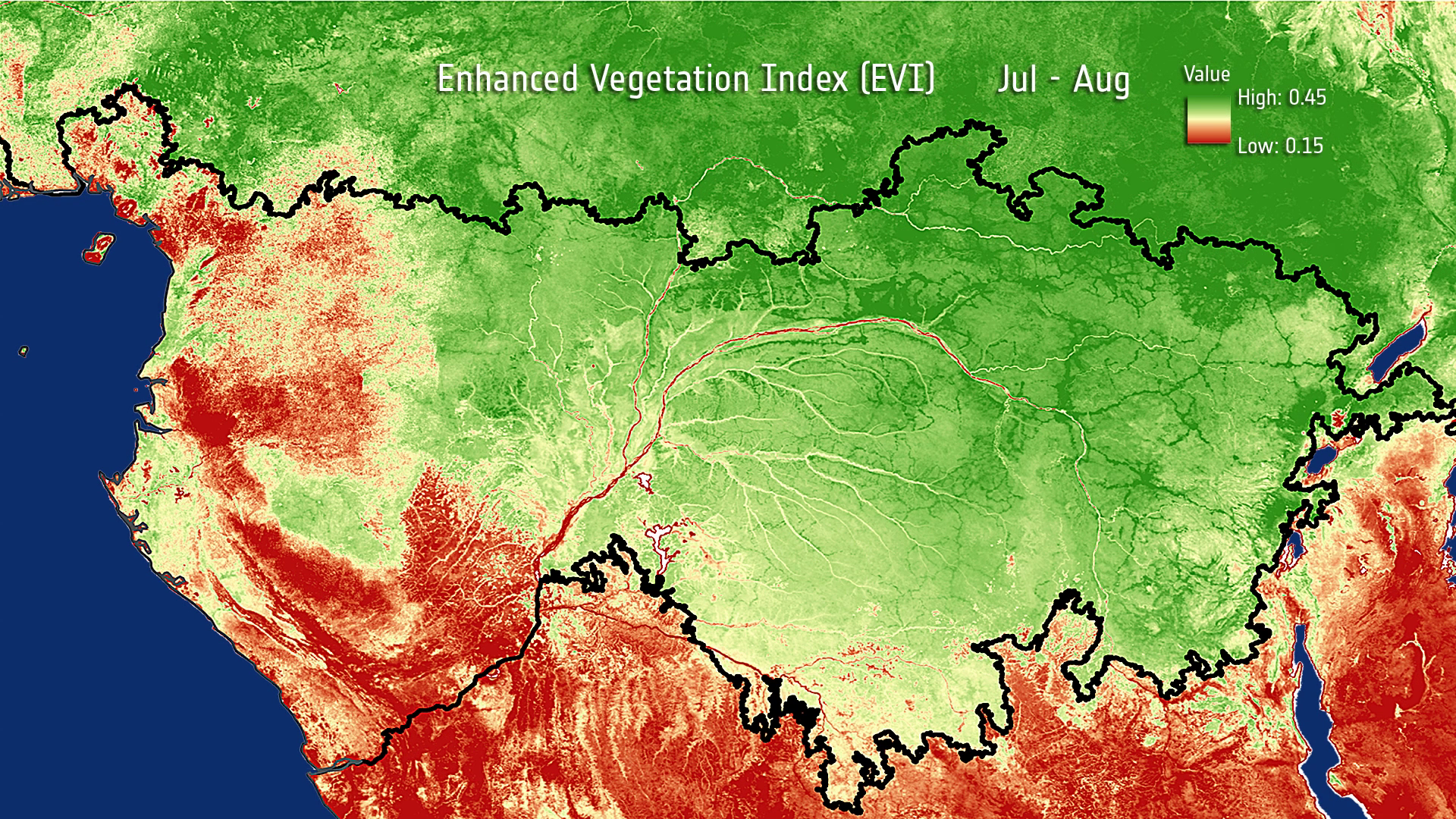Miniature satellite to map global vegetation
The French Spot satellites have been charting the world’s vegetation since 1998. This important task soon falls to ESA’s Proba-V, which, despite being only a little larger than a washing machine, will provide sharp views of Earth’s plant life every two days.
Keeping a close check on the health of vegetation is not only essential for monitoring environmental change, but also for numerous practical applications – importantly, those related to agriculture and food security.
Over the past 10 years, more than 8000 registered users around the world have relied on data from the Vegetation instruments on Spot-4 and Spot-5.
Since the sensor on Spot-4 stopped supplying data last year and Spot-5 is expected to come to an end in the middle of 2014, the upcoming Proba-V mission has been designed to continue the supply of this much-needed imagery.
Furthermore, after the loss of Envisat and its MERIS camera, Proba-V will help to bridge the gap until the launch of the Sentinel-3 mission, which carries the Ocean Land Colour Instrument to follow on the 10-year time series of MERIS data.

The V in Proba-V also stands for Vegetation, but the design is somewhat different to Spot’s – it is much smaller. The whole satellite is less than one cubic metre, with the sensor being a cleverly miniaturised version of Spot-5’s full-size camera.
The old saying ‘good things come in small packages’ is certainly apt for Proba-V. This small satellite carries a very wide-angle telescope with a 2250 km field of view, about double the width that MERIS offered. It will also deliver a spatial resolution three times sharper than the Spot Vegetation sensor.
This width of view means that Proba-V will provide global coverage every two days, with latitudes 35–75°N and 35–56°S covered daily. It operates in four spectral bands: blue, red, near-infrared and mid-infrared, which are ideal for environmental and agricultural monitoring.
Thanks to its range of spectral bands, Proba-V can distinguish between different types of land cover and plant species, including crops. It will provide a clear picture of the plants so their health can be easily monitored. This microsatellite is therefore especially relevant for improving agricultural practices, tracking desertification and vegetation burn scars.

Unlike ESA’s other Proba missions, which started life as technology demonstrators and then became operational missions once their excellence had been proven, Proba-V has been dedicated to operational Earth observation from the outset.
Proba-V is set to be launched in April on a Vega rocket from French Guiana. Once commissioning is complete, the eagerly waiting user community will use the data for a wide range of applications. It will also contribute to Europe’s Global Monitoring for Environment and Security initiative.
With food security a major issue in many parts of the world, these data will be indispensable.
For example, users will put the data to work for monitoring water stress in plants so that irrigation practices are optimised, for calculating harvest times and crop yield, for disease control and for assessing the quality of pasture for livestock. Proba-V will also be used to track the extent of bodies of water.
While Proba-V data will be used to ensure sustainable land use, they will also extend the 15-year stream of data from Spot to benefit science by helping to monitor and understand global change.
Considering the longevity of earlier Proba missions, the miniature Proba-V’s mission is not only full scale, but is also expected to be long serving.






